5 Ways to Ensure Healthy Water in Your Home
Other than the roof and four walls, nothing is more essential to the livability of a home than running water. While the ideal time to check water quality is before purchasing a home, it’s always a smart idea to make sure you are drinking clean healthy water.
Test your water
If you suspect that your water contains contaminants, have it tested. Depending on what you’re hoping to rule out you can either contact a local environmental agency or purchase a kit and test it yourself to determine if further steps need to be taken. Self-administered First Alert WT1 Drinking Water Test Kit tests for bacteria, lead, pesticides, nitrites/nitrates, chlorine, hardness, and pH. If the results are concerning, don’t panic. There are multiple treatment options available for treating and filtering your H20.
Reverse Osmosis
To keep your water tasting and smelling great, consider installing the GE Reverse Osmosis Water Filtration System. This system filters up to 11 gallons of water per day and is installed discreetly under your sink. The reverse osmosis membrane reduces microscopic contaminants, including arsenic, lead and ammonia, which means water will taste better on its own and when you’re cooking with it. Wondering how often you’ll need to replace the filter? This system includes an indicator, removing the guesswork.
Charcoal Filter
This is a popular method in which active charcoal carbon filters remove chlorine, sediment, volatile organic compounds as well as odor from water. These are put in place prior to the installation of a water softener as it extends the life of the softener. It is often the basis for popular countertop filters that allow consumers to purify water as needed.
Infrared Filter
Infrared water filtration utilizes ultra-violet rays to disinfect both potable and nonpotable water and remove lead, chlorine, bad taste, and odors. To test this method before committing to it on a large-scale system, try the SteriPEN Ultra which is lightweight and filters a liter of water in 90 seconds.
Soft Water
Adding a water softener can save homeowners money by helping water heaters, washing machines, and dishwashers run as efficiently as possible as less energy is required to heat soft water. Clogs in drains, faucets and shower heads are also less prevalent in homes with soft water, eliminating time-consuming household headaches. On the flip side, consuming too much soft water isn’t necessarily healthy. While it might benefit appliances, the increased sodium content in soft water poses concerns for those attempting to reduce their intake.
Best plan: Have showers and baths, as well as other non-consumable water uses plumbed for your soft water loop – do NOT include faucets for drinking water. For drinking water use Reverse Osmosis, Charcoal and Infrared Filters.


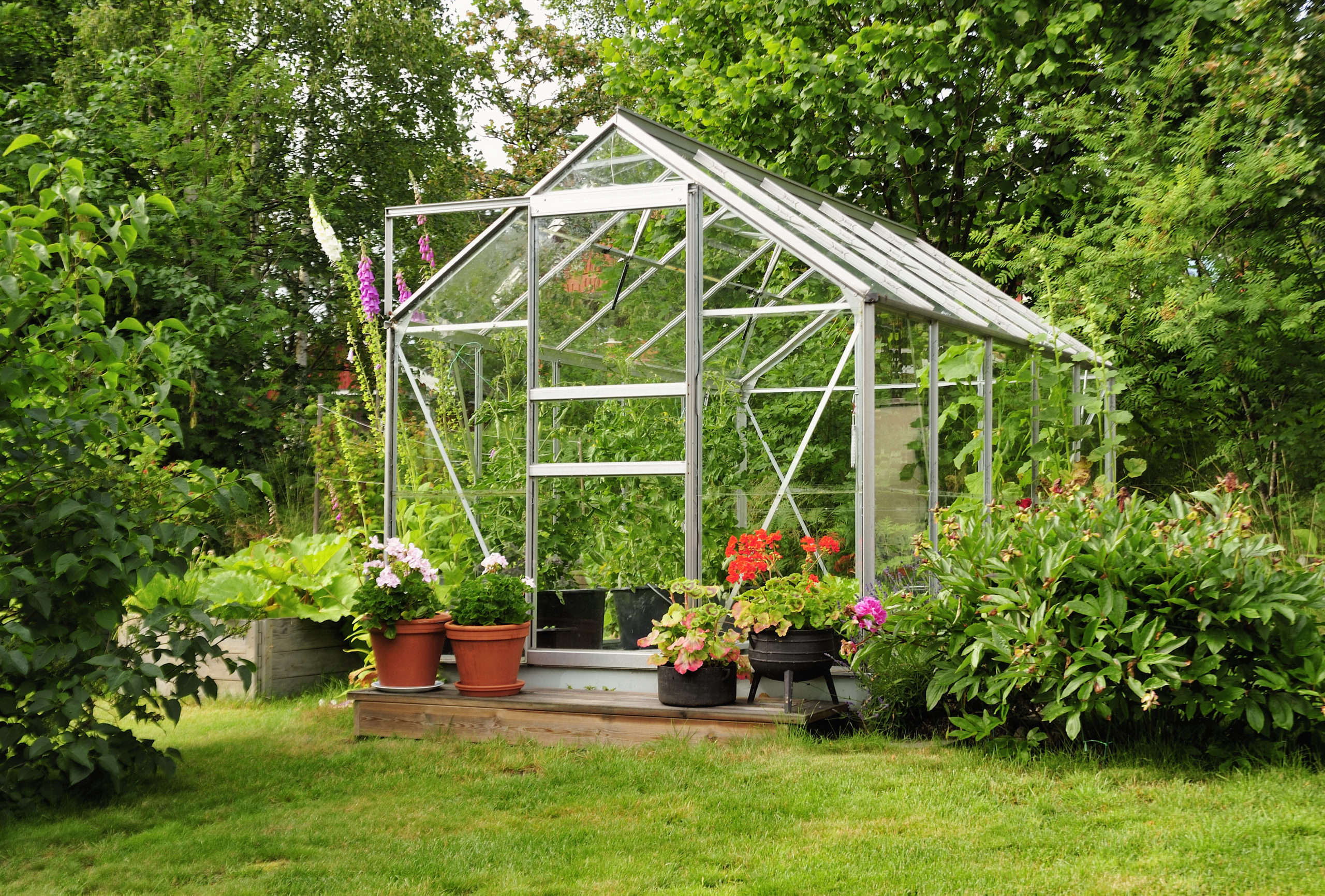


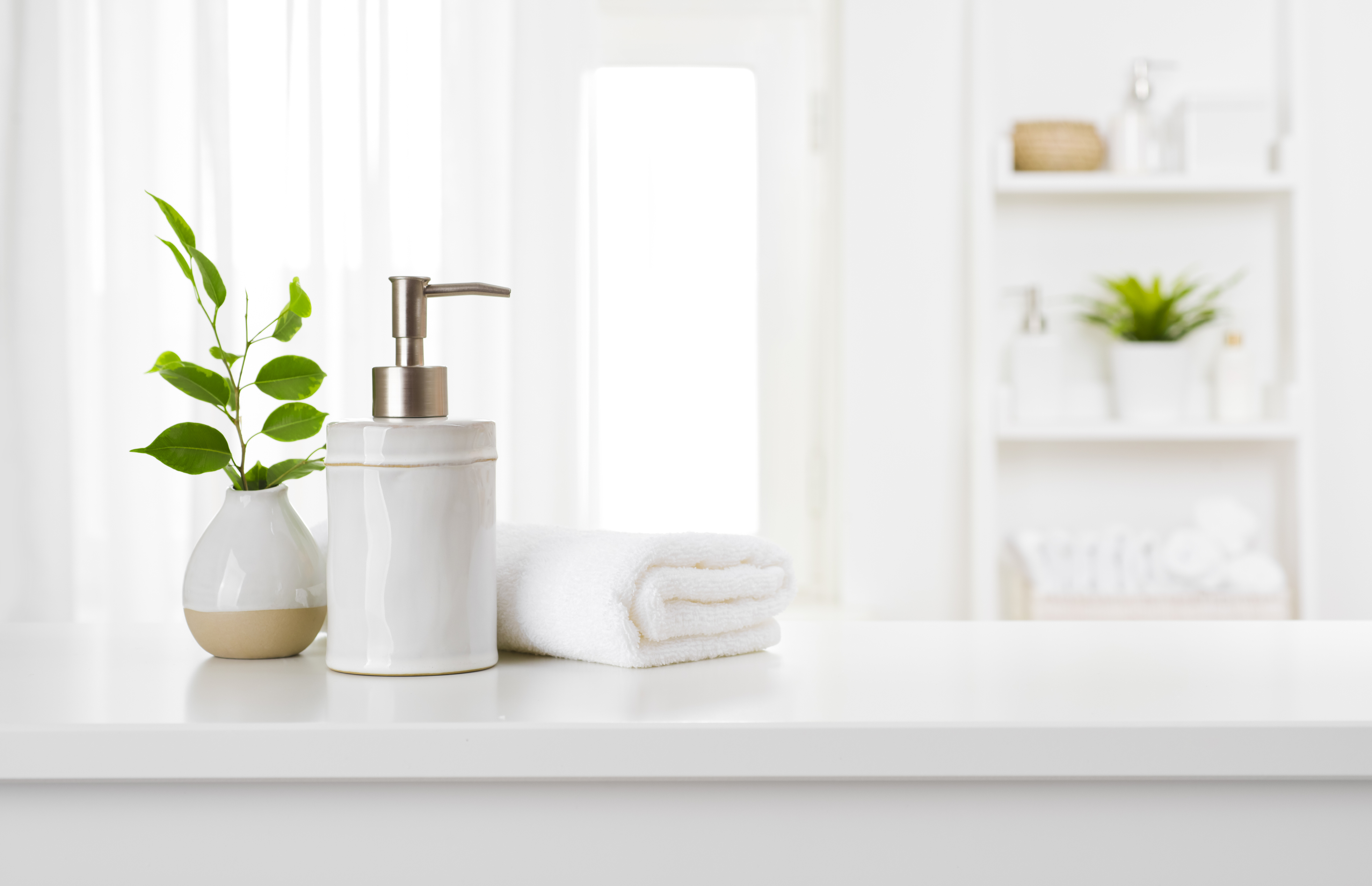
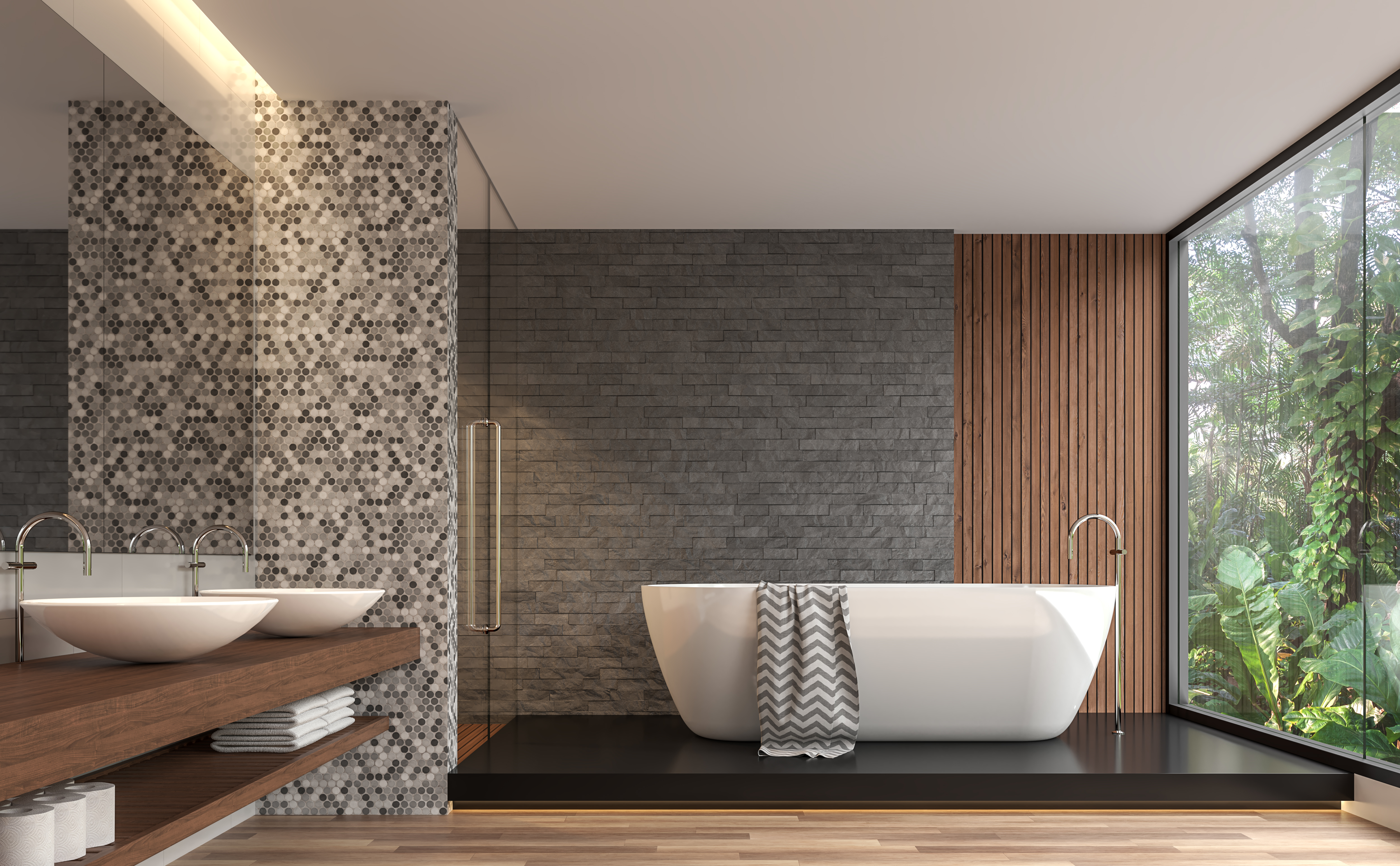
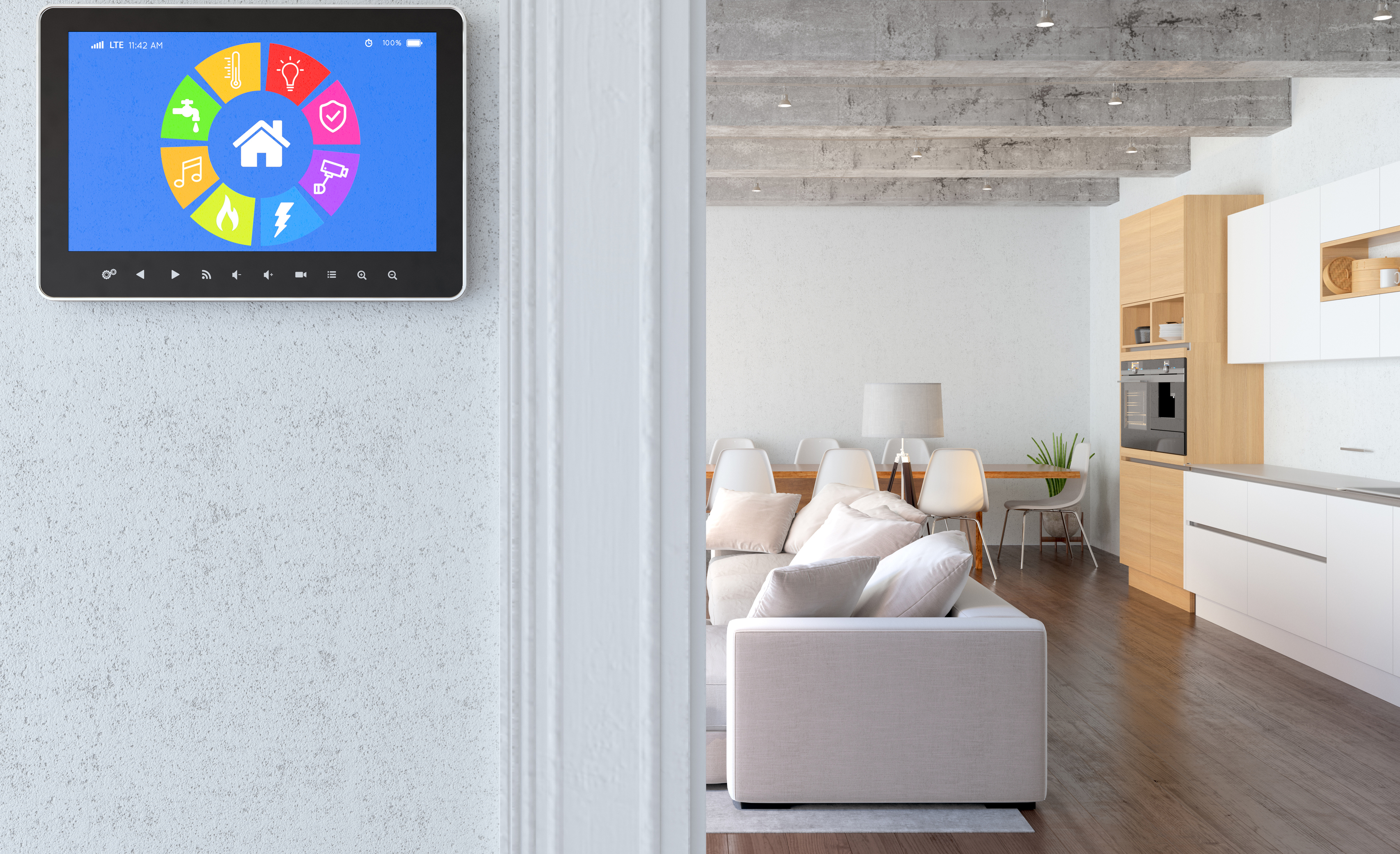

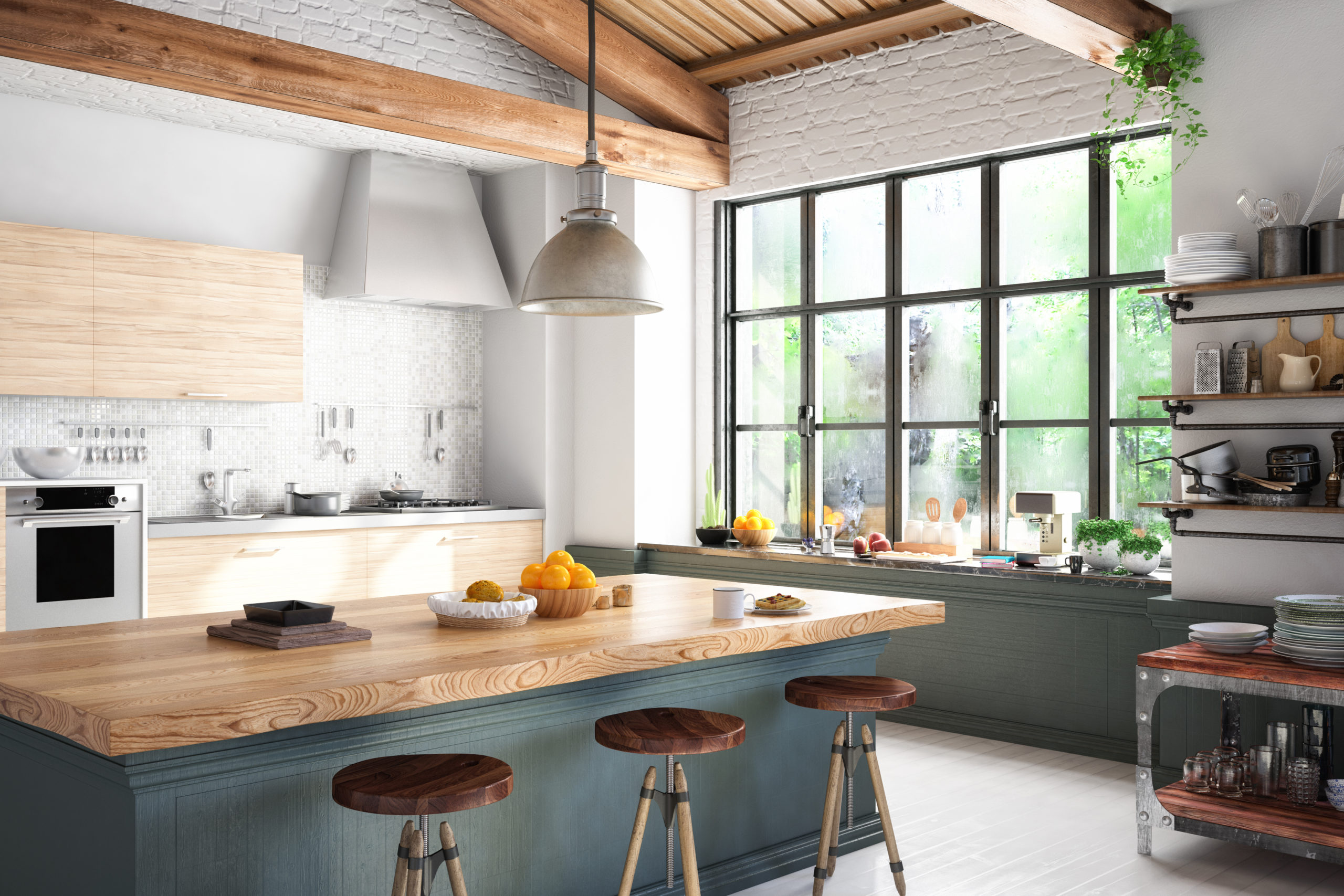







Share this article with your network!